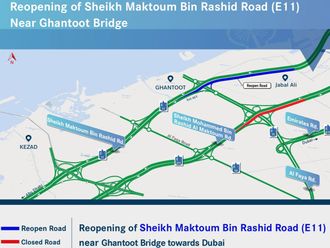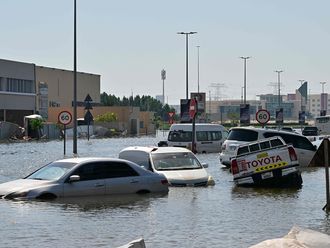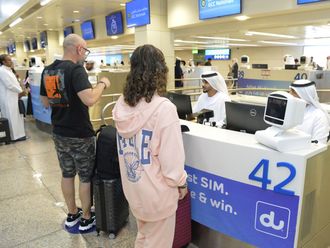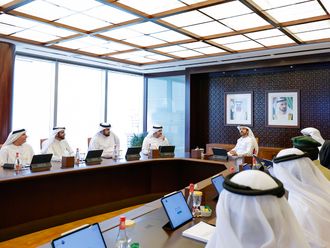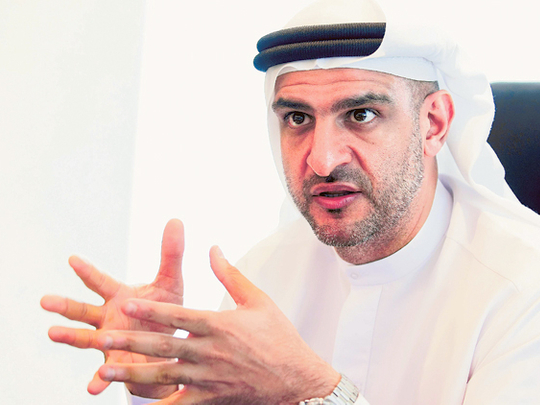
Dubai: Obtaining a heavy vehicle licence in Dubai has become tougher due to a series of measures the Roads and Transport Authority (RTA) has introduced in the driving curriculum.
The recently revised heavy vehicle driver’s training curriculum follows a three-pronged approach that focuses as much on road safety and driver’s attitude as it stresses on the importance of equipping drivers with the knowledge vehicle maintenance and hazard management.
“The training is not just about driving and using of vehicles. It gives drivers the best idea of how to know more about their vehicles, how to avoid breakdowns, how to secure loads, while also ensuring they know about their responsibility on roads,” said Hussain Al Saffar, director, drivers training and qualification department at RTA’s Licensing Agency.
“Heavy vehicle drivers are professionals, who spend most of their working hours on the road. Driving any vehicle is a challenge, but even more so for drivers of heavy vehicles, because their vehicles are heavier, bigger and longer and are more difficult to control. That is why we ensure they get the best training before they drive the heavy wheels,” said Ahmad Hashem Behroozian, CEO of RTA’s Licensing Agency.
He added that RTA constantly sources for best practices on driver training and testing from the region as well as globally.
“We review our training and testing processes regularly so as to update and adjust to the demand of the changing traffic challenges from time to time. With this strategy, we aim to reduce traffic accidents in the long term,” said Behroozian.
He informed that handling heavy vehicles require special skills and added responsibility.
“Heavy vehicles accelerate more slowly than light motor vehicles and take longer to stop, so better judgment and driving skill is required to drive them. Crashes involving heavy vehicles are more likely to cause severe injury and greater damage than crashes involving only light motor vehicles that is why we attach greater importance and highest standards for heavy vehicle training,” he added.
The average pass rates for heavy vehicles are stricter than light vehicle which is reflected in the test results. Applicants seeking to obtain heavy vehicle licences in Dubai go through rigorous training process that not only involves driving skills and handling of vehicles but also helps drivers develop a sense of responsibility and ability to gauge hazardous situations, a senior licensing official said.
Drivers are trained to use hard shoulders
Sticking to dedicated lanes, speed limits and following time restrictions by heavy vehicle drivers are important for improving safety on roads.
Highways across the country restrict the heavy vehicles to one lane in case of a three-lane road or two lanes in case the road has more than four lanes.
Speed limits on all highways for heavy vehicles are much lower compared to the speed limits for light vehicles.
Entry of heavy vehicles is also restricted to many areas inside the cities during certain hours and all highways clearly display signboards with time restriction mention on them
Drivers are also trained on using hard shoulders in case of vehicle break down or other emergencies.
“New drivers are taught what to do when the vehicle breaks down. They must drive away from the path of main traffic and display a warning sign 50 metres away from the vehicle in the direction of approaching vehicles. Details about using the hard shoulder are also clearly mentioned in the guides that we publish frequently in various languages,” said Hussain Al Saffar, director, drivers training and Qualifications.
He added that RTA also regularly produces training videos with flash animations, and send them to driving institutes to be used during classroom training.
“One of these videos is ‘Safety at breakdowns’. This explains step by step procedures on what to do in the event the vehicle. The series of these training videos focus comprehensively on safe driving. It also covers distraction, fatigue, unacceptable behaviour and many more.”



